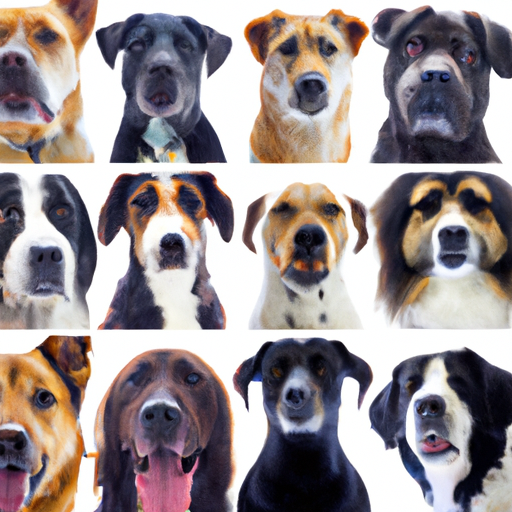As a caregiver, you may find it challenging to balance your responsibilities while maintaining a clean and allergy-free environment. Dogs can be wonderful companions, but certain breeds shed a lot, which can contribute to allergic reactions and require additional cleanup. This guide will help you uncover which dog breeds don’t shed and could be a perfect fit for your home.
1. Why Some Dogs Don’t Shed
All dogs shed to some degree, but certain breeds are classified as hypoallergenic because they shed minimally. These breeds typically have hair instead of fur, which grows continuously and falls out less frequently. This significantly reduces the amount of dander – a common allergen – in your home.
2. Breeds That Don’t Shed
Here are five dog breeds known for their minimal shedding:
-
Poodles: They come in three sizes (standard, miniature, and toy) and have a curly, hypoallergenic coat. Regular grooming is necessary to keep their hair tidy and mat-free.
-
Shih Tzus: Their long, silky hair sheds very little and they are known for their friendly and sociable nature.
-
Bichon Frises: They have a tight, curly coat that sheds minimally, but regular grooming is essential to prevent matting.
-
Maltese: These dogs have long, silky hair that requires regular grooming, but they are minimal shedders.
-
Schnauzers: Available in three sizes (giant, standard, and miniature), they have a wiry coat that sheds very little.
3. Understanding the Maintenance of Non-Shedding Breeds
While non-shedding dogs can make your cleaning routine easier and create a more comfortable environment for those with allergies, they often require regular grooming to maintain their coats. This means you’ll need to invest time and money into regular trips to the groomer.
| Breed | Grooming Frequency |
|---|---|
| Poodles | Every 3-6 weeks |
| Shih Tzus | Every 2-4 weeks |
| Bichon Frises | Every 4-6 weeks |
| Maltese | Every 2-3 weeks |
| Schnauzers | Every 4-6 weeks |
4. Health Considerations of Non-Shedding Breeds
Non-shedding breeds are not necessarily healthier than other dogs. They can still suffer from common canine health issues, such as dental diseases, obesity, and ear infections. Routine veterinary care and a balanced diet are crucial for all dogs, regardless of their breed or coat type.
5. Choosing the Right Breed for You
When choosing a dog, shedding should be just one factor to consider. You should also think about the dog’s size, temperament, energy level, and health considerations.
- A large, energetic dog might not be the best choice for a small apartment.
- A breed known for its independent nature might not be suitable for someone seeking a cuddly lap dog.
In the end, the most important thing is to find a dog that fits well with your lifestyle and personality.
Frequently Asked Questions
Q: Are hypoallergenic dogs completely allergy-free?
A: No, hypoallergenic dogs can still cause allergic reactions, but these are usually less severe than those caused by heavy-shedding breeds.
Q: Do non-shedding dogs require less exercise?
A: No, the amount of shedding has no connection to a dog’s energy level or exercise needs.
Q: Can I keep my non-shedding dog’s hair short to reduce grooming needs?
A: Yes, many owners of non-shedding dogs opt for “puppy cuts” or other short styles to minimize grooming tasks.
Q: Are non-shedding breeds good for families with kids?
A: Yes, many non-shedding breeds are known for their friendly and sociable nature, making them great for families. However, individual temperament can vary.



